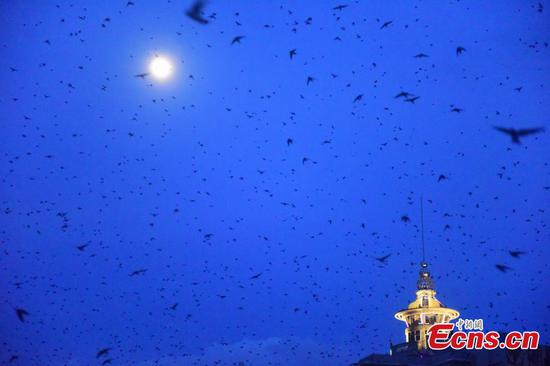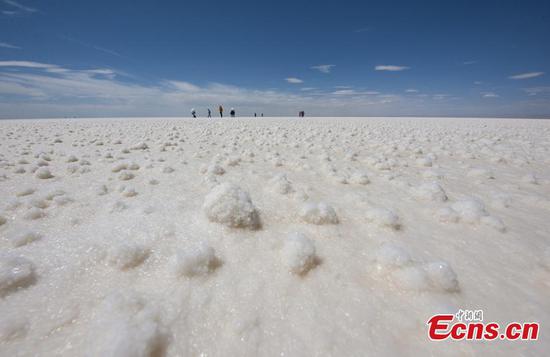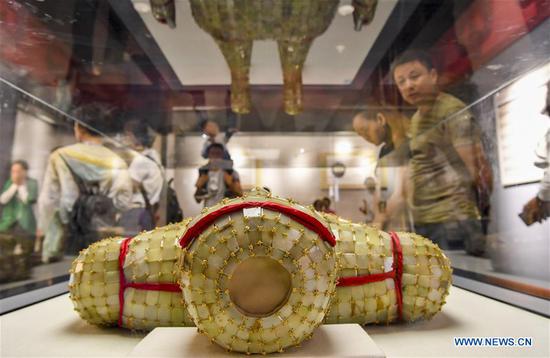
With bettering protection measures, the number of Chinese white dolphins in Sanniang Bay of Guangxi Zhuang autonomous region has increased from 100 in 2006 to around 230 today. (PHOTO BY XU ZHIGAN/ZENG KAIHONG/FOR CHINA DAILY)
An award-winning conservationist repays a debt of honor with a research center for rare Chinese white dolphins.
Increasing awareness about environmental issues and the protection of biodiversity has helped restore the number of Chinese white dolphins in Sanniang Bay.
The beach, sea and splendid sunshine might make the bay in Qinzhou, southern China's Guangxi Zhuang autonomous region, look like nothing more than a typical coastal resort, but Sanniang has, in a way, always transcended its counterparts by being a natural home of the Chinese white dolphin, the importance of which has long been regarded on a par with the giant panda.
The ancestors of the white dolphin are said to date back to roughly 10 million years. A portion of the ancestral population departed Australia approximately 8 million years ago and headed northwest toward Indonesia's Sunda archipelago, before continuing onward toward the South China Sea.
Long-term evolution has granted the white dolphins in Sanniang Bay unique physical features and genes.
Their age can be determined by their skin color, which continues to change as they grow older.
While dolphin pups are usually dark gray, young dolphins turn a lighter shade of gray and develop white spots. Adults in the species take on an off-white hue, while elderly members of the species turn snow-white.
"White dolphins are a flagship species (in the ocean), and if we protect them, we are practically protecting tens of thousands of other creatures in the area," says Peking University professor Pan Wenshi.


















































